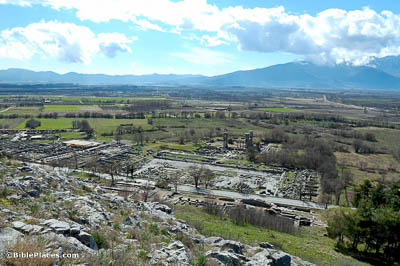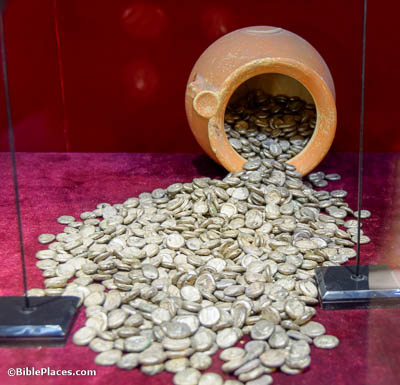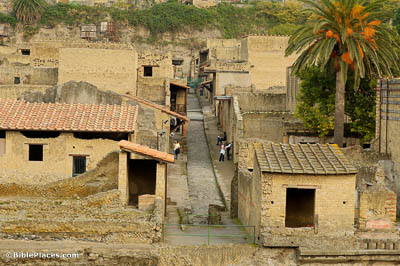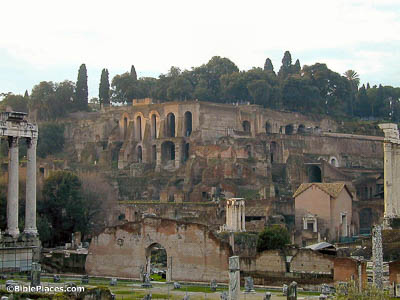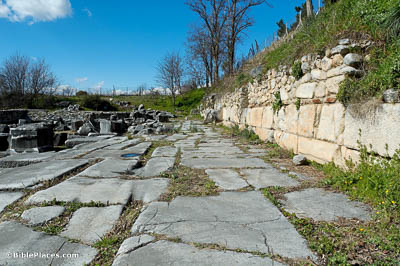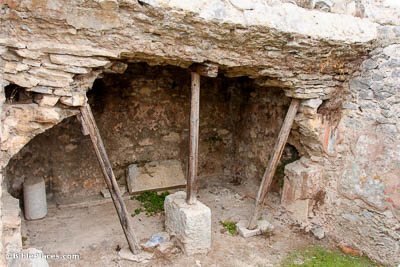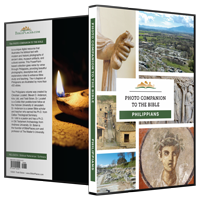Paul and Timothy, slaves of Christ Jesus, to all the saints in Christ Jesus who are at Philippi (Philippians 1:1).
Paul first visited the city of Philippi on his second missionary journey (Acts 16:12), passing through it again on his third missionary journey (Acts 20:6). The Greek historian Appian aptly described the city of Philippi as the gate between Europe and Asia. It is located 10 miles (16 km) inland from the port city of Neapolis. Philippi was nearly the terminus of the Via Egnatia, a military road that joined Rome and the East, and provided a much-valued line of communication.
